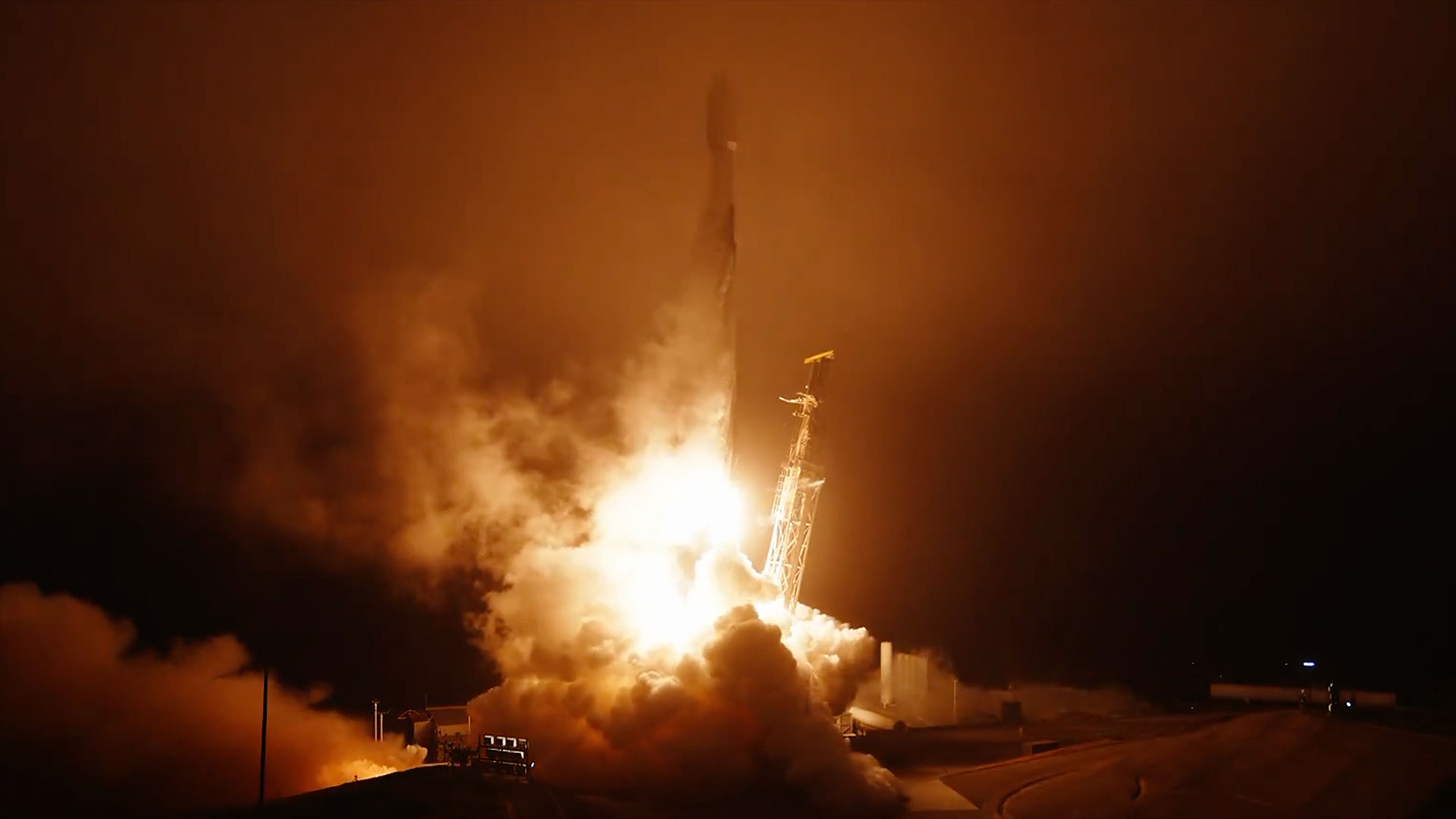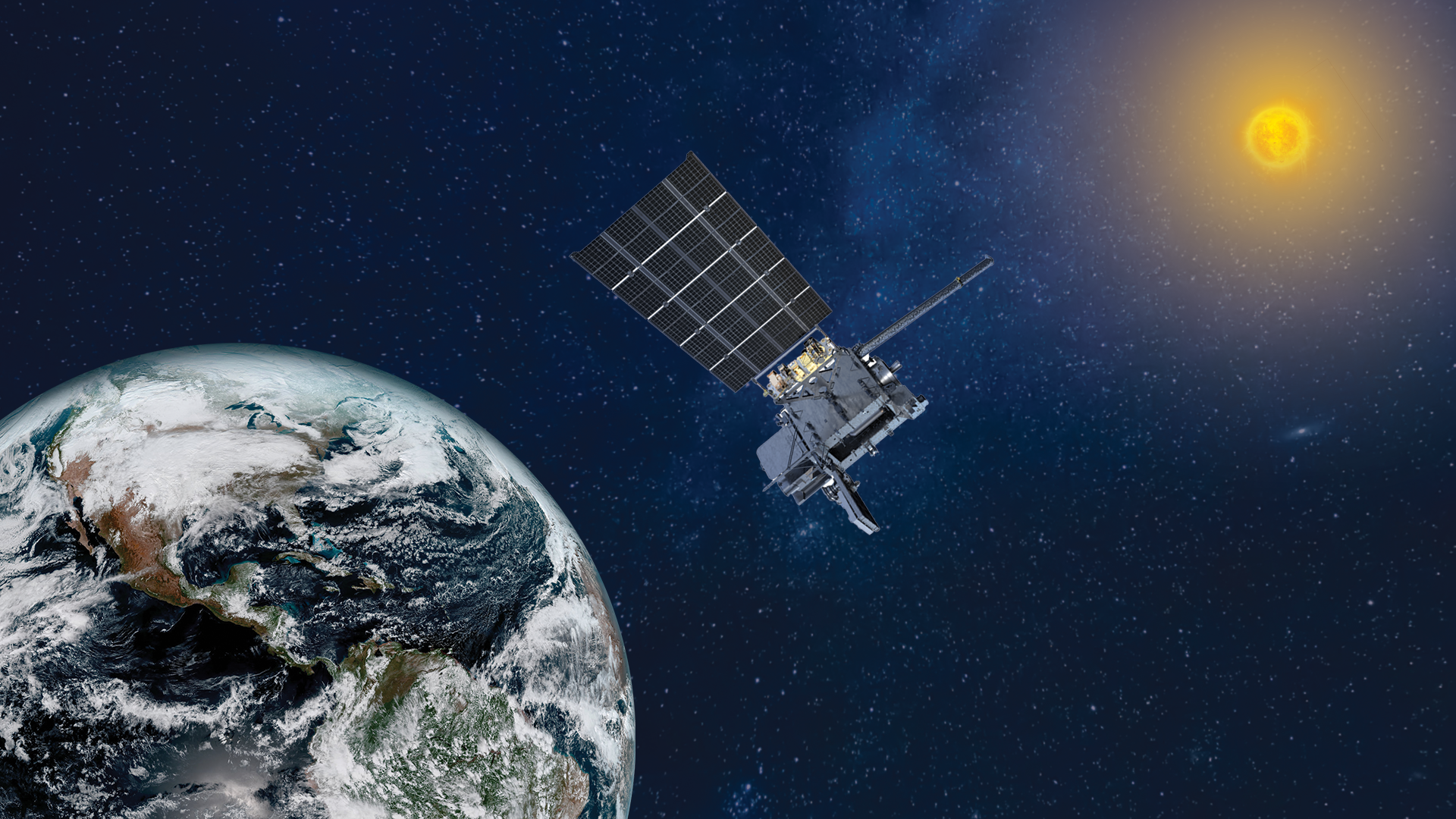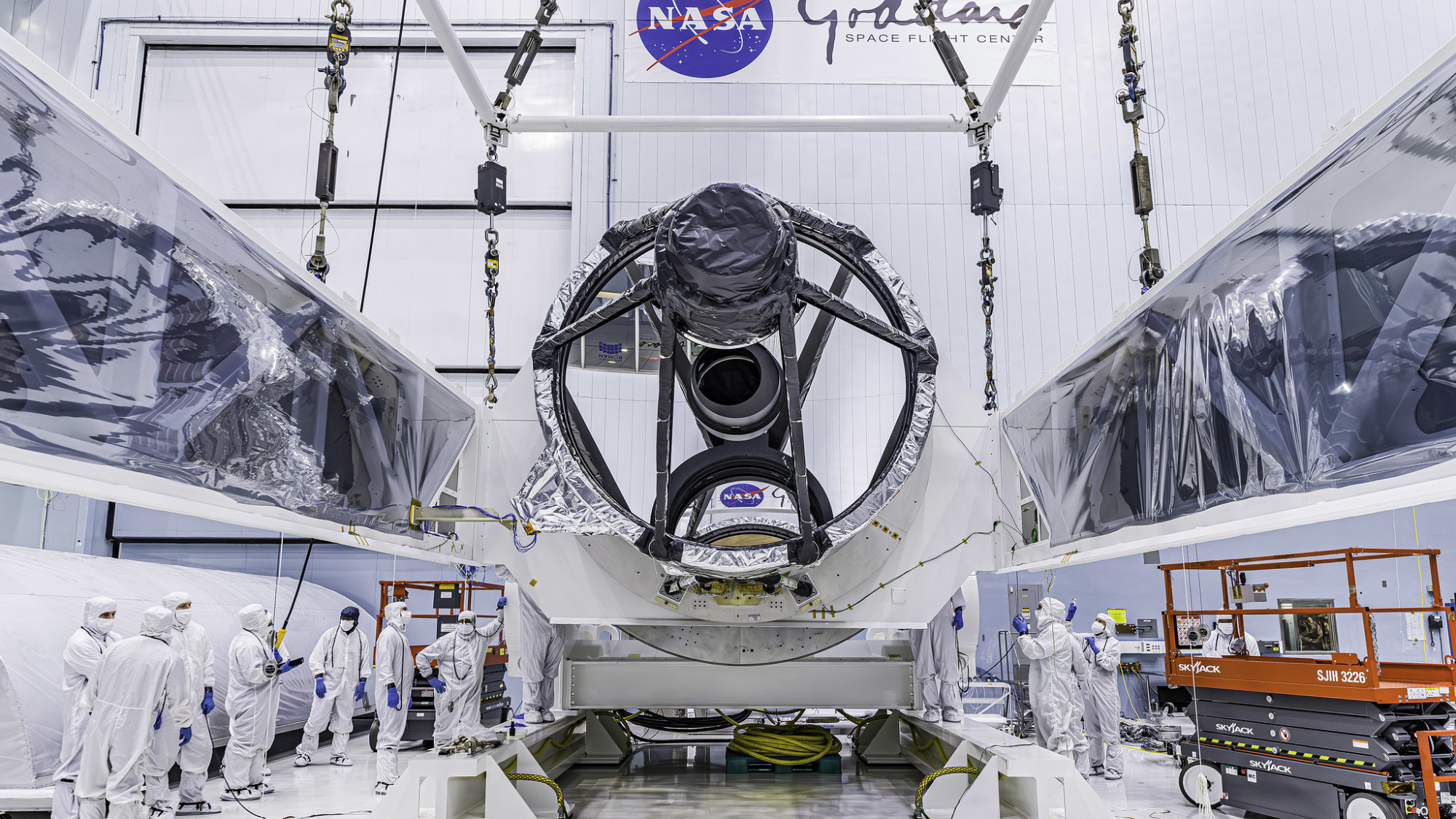Russia and China are threatening SpaceX's Starlink satellite constellation, new report finds
"A future conflict in space could have massive, long-term negative repercussions that are felt here on Earth, as everyone on this planet is a user of space data in some form."

SpaceX's Starlink satellite constellation is facing threats from Russia and China because it was tapped for military use in Ukraine following Russia's invasion of the nation in 2022, according to a new report evaluating the counterspace capabilities of a dozen countries over the past year.
The report, published on Thursday (April 3) by the nonpartisan policy think tank Secure World Foundation (SWF), highlights how humanity's growing reliance on space — especially for national security — has led an increasing number of countries to develop their own counterspace capabilities. The 316-page document assesses the counterspace capabilities of 12 countries including the U.S., Russia, China, India, Australia as well as North Korea and South Korea, based on publicly available information spanning February 2024 through February of this year.
"We feel strongly that a more open and public debate on these issues is urgently needed," the report's foreword states. "Our global society and economy are increasingly dependent on space capabilities, and a future conflict in space could have massive, long-term negative repercussions that are felt here on Earth, as everyone on this planet is a user of space data in some form."
SpaceX's Starlink uses a massive network of satellites in low Earth orbit to provide high-speed broadband internet. Ukrainian residents began using Starlink in 2022 to maintain internet connectivity after Ukraine's own internet services were disrupted following Russia's invasion. The service also enabled secure communications for the Ukrainian military and government. Starting in May 2024, however, the Ukrainian military began experiencing outages in Starlink connections, with military officials attributing the disruptions to Russia "testing different mechanisms" for its electronic warfare systems seemingly employing new and more advanced technology.
The SWF report cites leaked U.S. military documents that suggest a Russian system called Tobol — that was originally designed to protect Russian satellites from jamming — was used to disrupt Starlink commercial satellite signals over Ukrainian territory. Those leaked documents "suggest that Russia has used at least three Tobol installations to try and disrupt Starlink commercial satellite signals over Eastern Ukraine," the report notes.
Russia appears to also be developing a newer, more sophisticated system called Kalinka, which is intended to detect and disrupt signals to and from Starlink satellites in order to interfere with Ukrainian drones and military communications, according to the SWF report. Andrei Bezrukov, the director of the Russian Center for Unmanned Systems and Technologies, which is developing the Kalinka system, told state media that the so-called "Starlink killer" could also detect communication terminals connected to Starshield, the military version of Starlink that's designed with enhanced security features.
Additional reports revealed that Russia had jammed GPS signals in four European countries: France, the Netherlands, Sweden and Luxembourg. There have also been reports that Russia interrupted children's TV channels in these countries to broadcast images of the war in Ukraine. The International Telecommunication Union's Radio Regulations Board has said the interference likely originated from stations in Moscow, Kaliningrad and Pavlovka.
Get the Space.com Newsletter
Breaking space news, the latest updates on rocket launches, skywatching events and more!
"As of February 2025, the Starlink service appears to have been remarkably resistant to further cyber attacks," the report notes.
According to the SWF report, China is investing in similar capabilities for potential future armed conflicts with the U.S.
In July of last year, researchers from the People's Liberation Army Navy proposed laser-equipped submarines with retractable masts that could surface to target Starlink satellites or other space-based surveillance systems, although the researchers acknowledged that the submarines' limited detection capabilities would require external forces to provide satellite position guidance for accurate targeting.
Meanwhile, the U.S. Space Force is testing new satellite jammers called the Remote Modular Terminals, intended to operate remotely and provide counterspace electronic warfare capability, the report notes.
"Everyone is jamming," Victoria Samson, the director of Secure World's Washington office and one of the report's primary authors, told Breaking Defense earlier this week.
So far, only non-destructive counterspace capabilities are being actively used against satellites in current military operations, the report notes.
Join our Space Forums to keep talking space on the latest missions, night sky and more! And if you have a news tip, correction or comment, let us know at: community@space.com.

Sharmila Kuthunur is a Seattle-based science journalist focusing on astronomy and space exploration. Her work has also appeared in Scientific American, Astronomy and Live Science, among other publications. She has earned a master's degree in journalism from Northeastern University in Boston. Follow her on BlueSky @skuthunur.bsky.social
You must confirm your public display name before commenting
Please logout and then login again, you will then be prompted to enter your display name.









